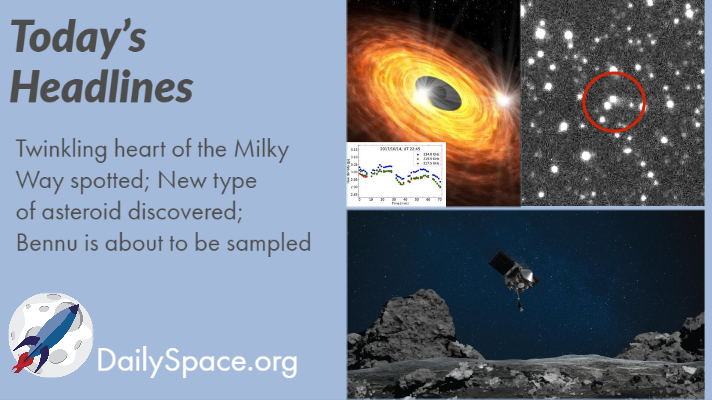
May 22, 2020 | Asteroids, Bennu Mapper, Black Holes (Stellar), Daily Space, Milky Way, OSIRIS-REx
Join us today as we talk about radio transmitters found in the twinkling heart of the Milky Way. Then we’ll look at an asteroid that has a comet-like tail. And finally, Bennu is about to be sampled by OSIRIS-Rex, and we helped make that happen!
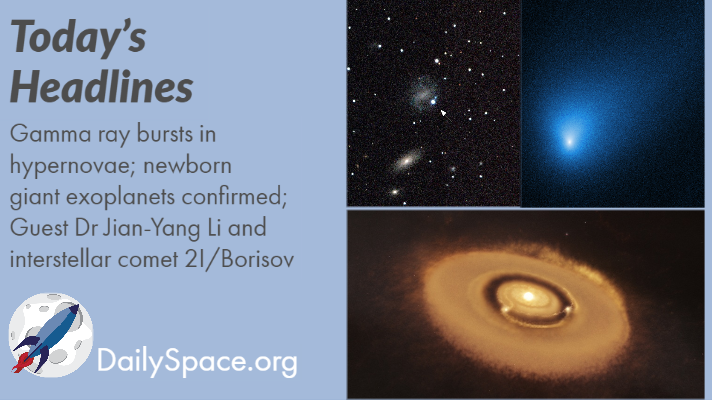
May 19, 2020 | Daily Space, Exoplanets, Guest Interview, Supernovae
Join us today when we learn about new research on how gamma ray bursts and hypernovae are related. Then we look at new adaptive optics that have proven images of protoplanets are real images of real planets. Finally, we are joined by Dr. Jian-Yang Li from the Planetary Science Institute to talk about interstellar comet 2I/Borisov.
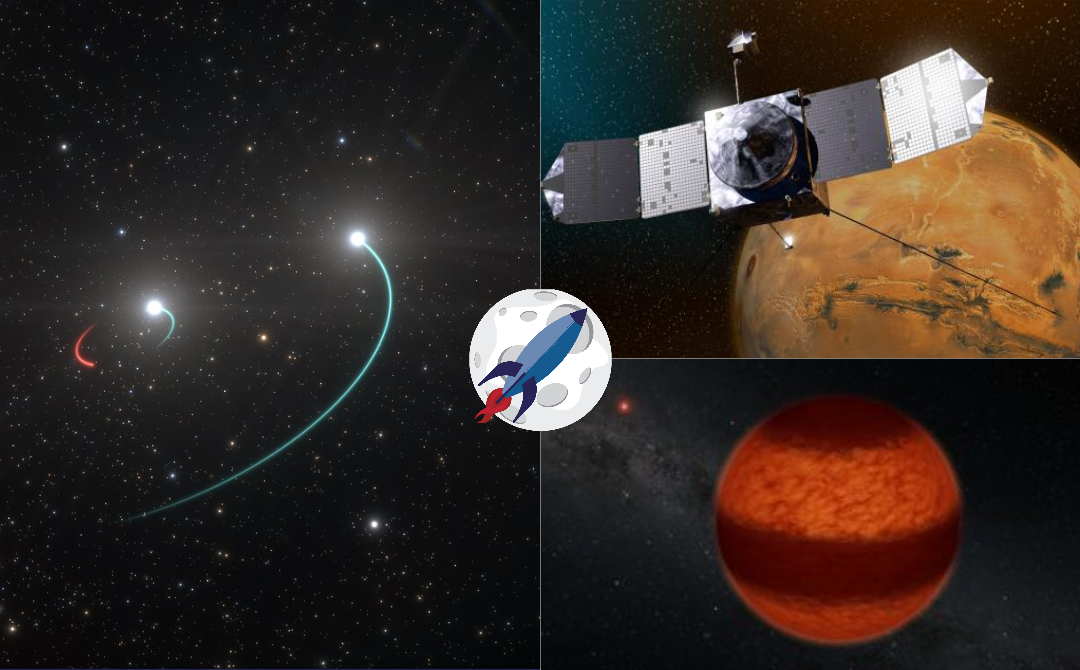
May 6, 2020 | Black Holes (Stellar), Brown Dwarf, Guest Interview, Mars
Today we take a tour of space and time. Our news carries us from a newly discovered black hole in the nearby universe, to magnetism on Mars, and even looks at how we are doing meteorology on nearby brown dwarf stars. We are also joined by CalTech scientist Andreas Faisst, who is the US lead principal investigator for ALPINE, a 70-hour program using ALMA to study the early universe.
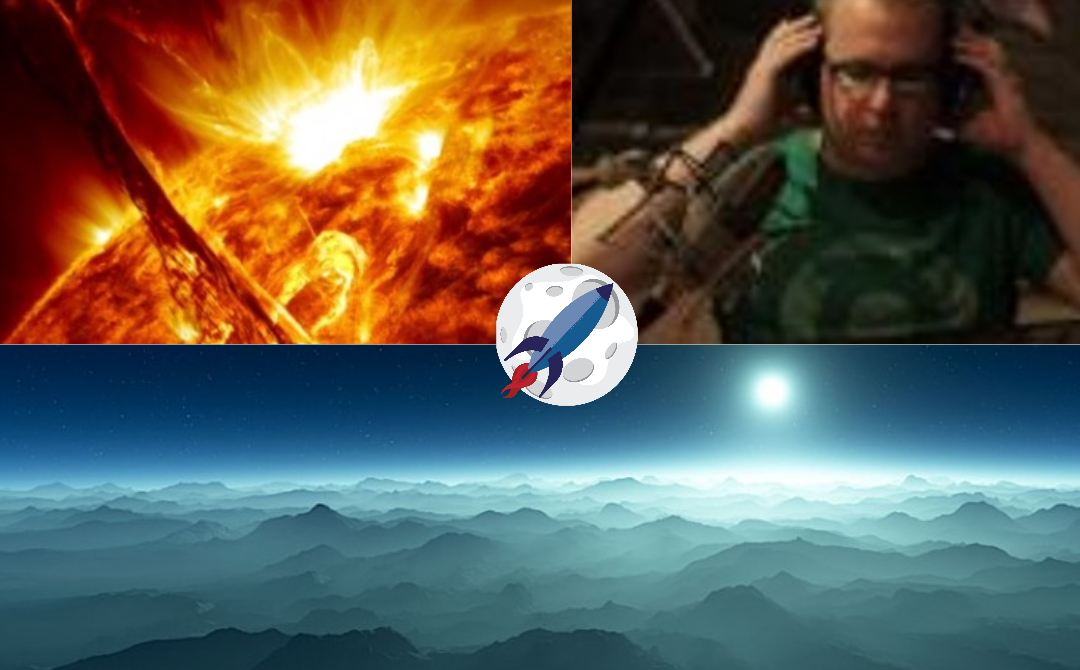
May 3, 2020 | Astrobiology, Daily Space, The Sun, White Dwarfs
It. Is. Friday. To celebrate, we are going to be joined by special guest Composer David Joseph Wesley. He is the composer of the Astronomy Cast theme song, and some of my favorite music to play without lyrics, including Music to Smuggle By. As a fan of science and science fiction, Dave’s work is often influenced by human and robotic space exploration, and today we’re going to be talking about his album tribute to the Cassini Mission. But before we do that, let’s take a quick run through the news. Today’s top stories include a look at how life theoretically could be found around White Dwarfs, and the discovery that our Sun is unusually sedate.







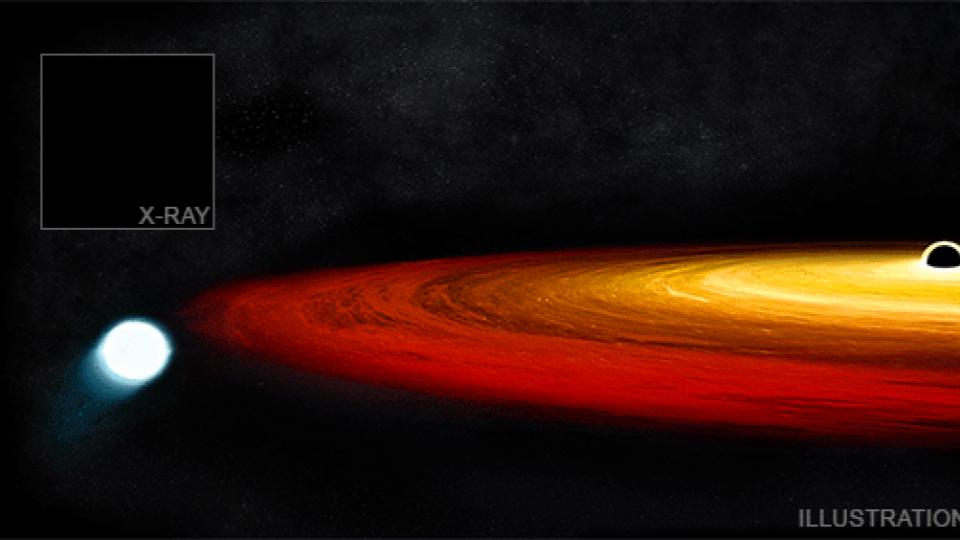
 We record most shows live, on Twitch. Follow us today to get alerts when we go live.
We record most shows live, on Twitch. Follow us today to get alerts when we go live.